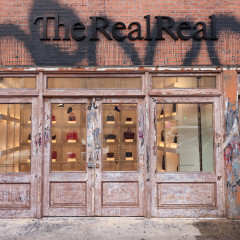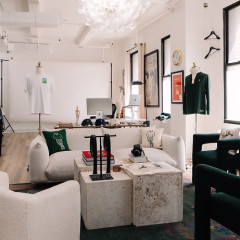The Introduction of Ready to Wear & The “No. 1 Sack Suit,”
From the first loincloth to Marie Antoinette’s gowns, clothing was always made-to-measure. Prêt-à-porter, which literally means “ready to wear” in French, is pre-made clothing that you buy off a rack at a store, a concept that did not exist before it was invented. In 1849, Brooks Brothers started selling men’s clothing ready-to-wear, pre-tailored to standardized dimensions. New Yorkers and New Englanders flocking to take a treacherous journey to exploit California’s natural resources via Cape Horn in 1849 (the original ‘49ers) had no time to wait to have their clothing made and devoured the store’s inventory. In 1901, Brooks Brothers released the "No. 1 Sack Suit," featuring straight-legged trousers with a single-breasted jacket with no padding, a single slit back vent, a straight silhouette and low armholes. It was the first mass-produced suit that helped popularize and codify standards of 20th century men’s business attire, especially in finance.


.jpg)
.jpg)



.jpg)
.jpg)
.jpg)




